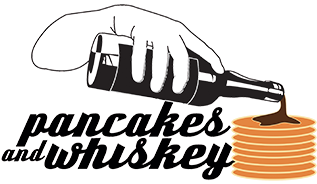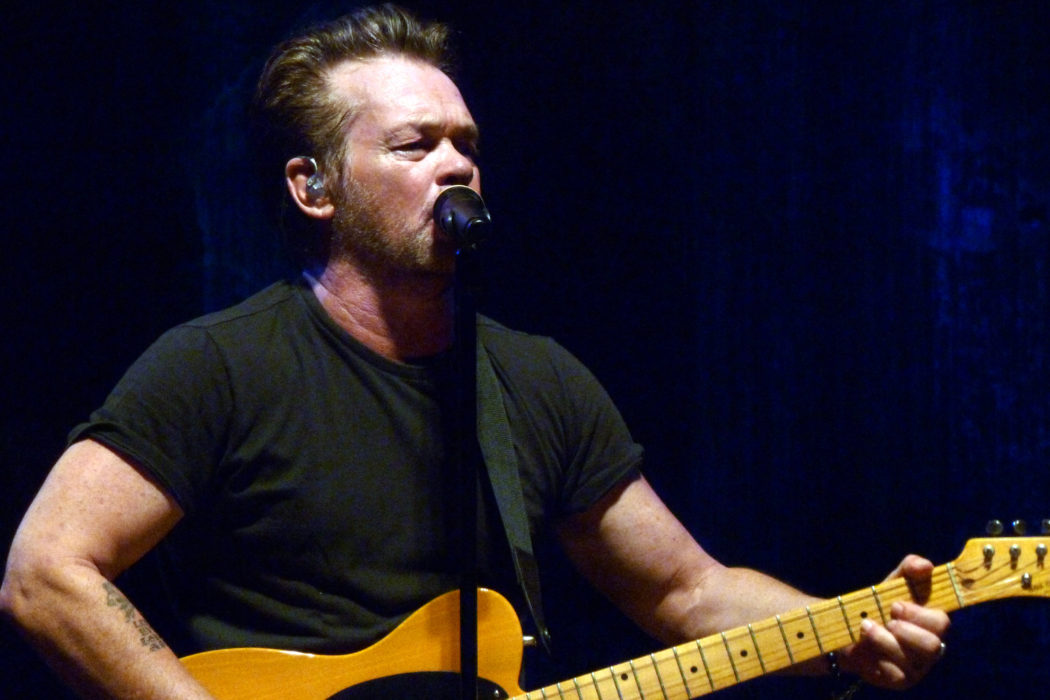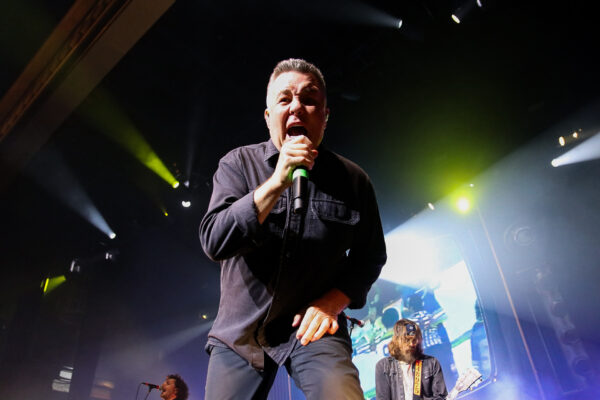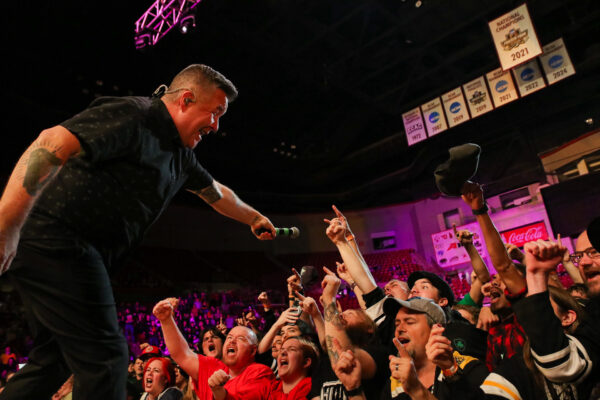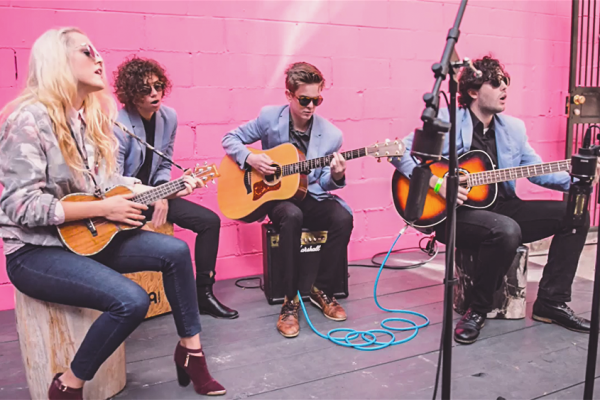Last week on a muggy summer night, the iconic outdoor venue of Forest Hills Stadium welcomed a king of Americana with his angelic-voiced ladies in tow. John Mellencamp performed in support of his “Sad Clowns & Hillbillies” tour along with Emmylou Harris, Carlene Carter and folk-pop sister duo Lily and Madeline. The combination of female ethereal voices with Mellencamp’s raspy growl was magical.
The Forest Hills venue deserves mention for its impeccable organization and ease of enjoyment for concert-goers. The lines are manageable, the staff is friendly and while the refreshments are pricey, they are varied with everything from gourmet tacos to ice cream. The stadium has been specially constructed to keep all the noise within its rounded walls which allows the patrons to experience the music in all of its lushness. It is a pleasure to attend a show at Forest Hills and the crowd last Tuesday came out in force to support 65 year-old Mellencamp.
While Carlene Carter and Lily & Madeline were wonderfully soothing with their harmonies and down-home twang, Emmylou Harris was a true standout during the pre-Mellencamp show. Age has not flattened Harris’ powerfully sweet vocals as she commanded the crowd’s undivided attention during her 40 minute set. True to form, Emmylou seemed almost as if she was soaring above the songs as she sang—an out of body experience for both performer and listener. For those not familiar with Harris’ repertoire, she is the consummate singer-songwriter that can stand toe-to-toe with the big boys and is highly sought after for collaboration with artists from the rock world and country. Part Debbie Harry, part Dolly Parton, Emmylou Harris is an American treasure. Winner of 13 Grammys and a career that spans over 40 years, Harris should be someone that every young female performer should try to emulate. In her own words, she is a “gatherer of songs” and with her pure soprano voice, she embraces the music with both arms until it becomes a part of her soul.
When Mellencamp took the stage shortly after Emmylou’s set, the crowd still seemed wary of who they would be cheering. Would it be the bad boy jester of 80s rock or the down-home country boy straight off the farm? Delightfully, it was a bit of both. The major hits were there and a few newer unreleased numbers but the most interesting moments of the show occurred just in watching how much the audience shifted depending on what song Mellencamp performed. The first three songs were met with polite cheering and moderate attention. “Lawless Times” and “Minutes to Memories” are not some of his more well-known songs but they did showcase the tremendous musicianship of the band on stage with the lead singer, most notably Miriam Stone on violin. When Mellencamp launched into “Small Town” the entire crowd was instantly on their feet and the dusky air was suddenly lit with the white glow of hundreds of cell phone screens. It is very possible that at this moment Mellencamp’s soul died a little. A frontman like John Mellencamp, who takes his role as entertainer and storyteller very seriously, wants to see the crowd’s faces, not the back of their cellphones. Concert-goers today cannot help but document the hits but a cell-phone camera from 30 rows back is not able to capture the true moments of a great performance: the glinting grin on Mellencamp’s weathered face as he sings, the sweat on his brow illuminated by a spotlight, the eye-contact between you and him as he launches into the chorus. A cell-phone is not a replacement for an in-the-moment experience that the naked eye is specifically engineered to receive—and one that you will miss if you are staring at a 7” illuminated screen with a 2 inch Mellencamp instead of the 100 foot stage in front of you with the person you paid to see jamming his heart out in the flesh.
The argument that Mellencamp had made up his mind that this crowd with their cell phone videos did not deserve a trip down memory lane was reinforced during his performance of “Jack and Diane.” A lackluster beginning to the tune that everyone knows by heart bled into skipping half of the first and all of the second verse. And the breakdown bridge was passed over almost entirely as the crowd seemed to have lyrical amnesia and wasn’t able to sing along. It was if Mellencamp was giving a warning to the crowd: “Straighten up and pay attention and I’ll give you what you came for. Keep up the cell phone nonsense and I’ll just play to amuse myself.”
As the set moved forward, a moment of musical ecstasy and brilliant tongue-in-cheek was delivered to the crowd on a silver platter in the form of a violin and accordion duo of Mellencamp’s “Hurt So Good.” It was electric and interesting—to take one of his major hits and strip it down to its most elemental level with two unorthodox instruments. Even the non-plussed members of the audience gave the band their due by the end of the song with enthusiastic appreciation.
Mellencamp’s set deftly incorporated songs that highlighted his ever-present concern for the state of the country he loves so much, most notably during a ballad that focused on the “Black Lives Matter” movement with lyrics that painted a bleak state of affairs for minorities in this country. Despite the almost entirely white audience at the show, Mellencamp took a beat to speak his mind and remind us all that while “we are all divided,” we have the power to reunite our souls through communication and understanding.
While the crowd was treated to the remaining major hits of Mellencamp’s career when he performed “Little Pink Houses” and “Authority Song,” it was the rest of his set that truly embodied who Mellencamp is as an artist: a true-blue American who can still waggle his hips and belt out songs with timeless lyrics that have meaning interwoven with the hooks. This is why at 65 years-old, he can still command a sold-out crowd and doesn’t need a light show or cheesy gimmicks to heighten his performance. John Mellencamp is a good ol’ boy with rock’n’roll in his veins who can still kill it on stage. And ain’t that America?
Article: Hannah Soule
